Celeriac Companion Plants: The Ultimate Guide To Growing A Healthy Harvest
Title: Celeriac Companion Plants: The Ultimate Guide to Growing a Healthy Harvest
Introduction:
Celeriac is a delicious and versatile root vegetable that is related to celery. It has a slightly nutty flavor and can be eaten raw, cooked, or juiced. Celeriac is a heavy feeder, so it is important to plant it in nutrient-rich soil. It also benefits from companion planting, which is the practice of planting certain plants together to improve their growth and productivity.
In this blog post, we will discuss the best companion plants for celeriac. We will also provide tips on how to plant and care for celeriac, so that you can grow a healthy harvest.
Main Content:
Good Companion Plants for Celeriac
- Alliums: Alliums, such as onions, garlic, and leeks, are good companion plants for celeriac. They help to repel pests and diseases, and they also help to improve the flavor of celeriac.
- Brassicas: Brassicas, such as broccoli, cabbage, and cauliflower, are also good companion plants for celeriac. They help to suppress weeds and attract beneficial insects.
- Legumes: Legumes, such as beans, peas, and lentils, are good companion plants for celeriac because they fix nitrogen in the soil. This helps to improve the fertility of the soil, which benefits the celeriac plants.
- Lettuce: Lettuce is a good companion plant for celeriac because it helps to suppress weeds. It also helps to attract beneficial insects, which help to control pests.
- Spinach: Spinach is another good companion plant for celeriac. It helps to suppress weeds and attract beneficial insects. It also helps to improve the flavor of celeriac.
Bad Companion Plants for Celeriac
- Cucumbers: Cucumbers should not be planted near celeriac because they compete for water and nutrients.
- Potatoes: Potatoes should not be planted near celeriac because they can transmit a disease called blackleg to celeriac plants.
- Squash: Squash should not be planted near celeriac because they compete for water and nutrients.
Tips for Planting and Caring for Celeriac
- Plant celeriac in full sun or partial shade.
- Choose a site with well-drained soil that is rich in organic matter.
- Amend the soil with compost or manure before planting.
- Space the plants 12-18 inches apart.
- Water the plants regularly, especially during dry weather.
- Fertilize the plants every 4-6 weeks with a balanced fertilizer.
- Harvest the celeriac when the roots are large and firm.
Conclusion:
Celeriac is a delicious and versatile root vegetable that can be grown in many different climates. Companion planting can help to improve the growth and productivity of celeriac plants. By planting celeriac with the right companion plants, you can help to protect your plants from pests and diseases, improve the flavor of your celeriac, and boost your harvest.
Some good companion plants for celery include:
- Alliums: Alliums, such as onions, garlic, and leeks, can help to deter pests and improve the flavor of celery.
- Brassicas: Brassicas, such as cabbage, broccoli, and Brussels sprouts, can help to repel pests that target celery.
- Flowers: Flowers, such as marigolds and nasturtiums, can help to attract pollinators and deter pests.
For more information about celery companion plants, please visit Garden Wiki.
FAQ of celeriac companion plants
What are the best companion plants for celeriac?
Celeriac is a relatively easy-to-grow vegetable, but it can benefit from being planted near certain other plants. Some of the best companion plants for celeriac include:
- Brassicas: These plants, such as broccoli, cabbage, and cauliflower, help to repel pests that can damage celeriac.
- Allium vegetables: Onions, garlic, and chives help to improve the flavor of celeriac. They also help to deter pests.
- Tomatoes: Tomatoes help to improve the growth of celeriac. They also help to prevent the spread of diseases.
- Lettuce: Lettuce helps to suppress weeds and improve the drainage of the soil around celeriac.
- Spinach: Spinach helps to improve the flavor of celeriac. It also helps to deter pests.
How do you make celeriac grow bigger?
There are a few things you can do to help celeriac grow bigger. First, make sure that it is planted in full sun. Celeriac also needs well-drained, fertile soil. You should water celeriac regularly, especially during hot, dry weather. To promote further root growth, remove any side shoots when they appear on the plant. Avoid feeding with any fertilizers that are high in nitrogen, as this will reduce the growth of the root ball.
Does celeriac need full sun?
Celeriac grows best in full sun. However, it can also tolerate partial shade. If you are growing celeriac in partial shade, the roots will not be as large as they would be if the plant was grown in full sun.
Image of celeriac companion plants
Spinach is a great companion plant for celeriac because it helps to deter pests. The leaves of spinach release a chemical that repels aphids, cabbage loopers, and other insects that can damage celeriac.
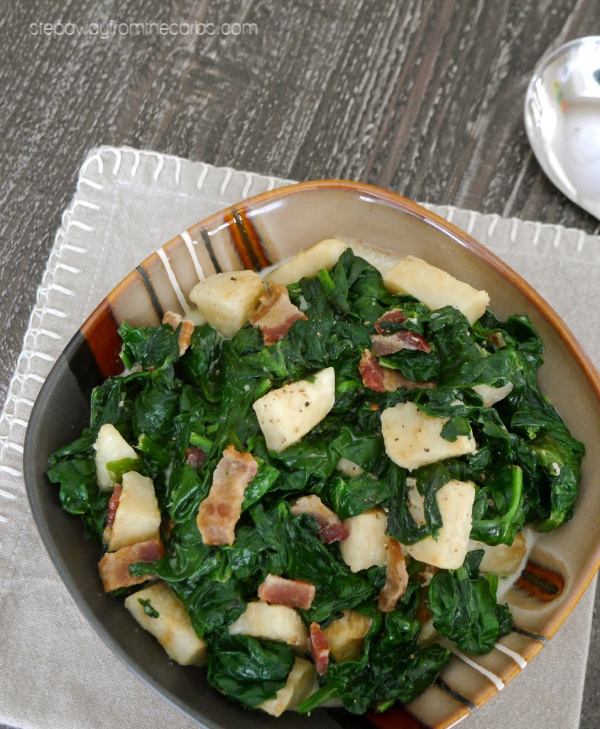
Peas are another good companion plant for celeriac because they help to improve the soil nitrogen levels. This is beneficial for celeriac, which is a heavy feeder.
Carrots are a good companion plant for celeriac because they help to repel carrot root fly. This pest can be a major problem for carrots, but it is less likely to bother them if they are planted near celeriac.
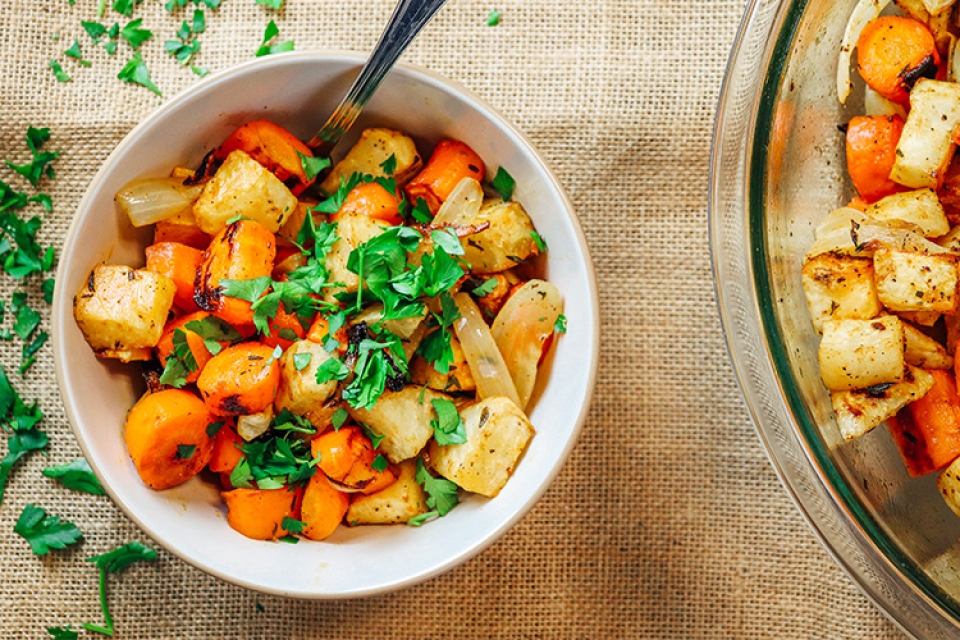
Lettuce is a good companion plant for celeriac because it helps to shade the soil. This can help to prevent the soil from drying out, which is important for celeriac.

Basil is a good companion plant for celeriac because it helps to repel mosquitoes. This is beneficial for both celeriac and people who are gardening.

Dill is a good companion plant for celeriac because it helps to attract pollinators. This is beneficial for celeriac, which needs pollination to produce seeds.
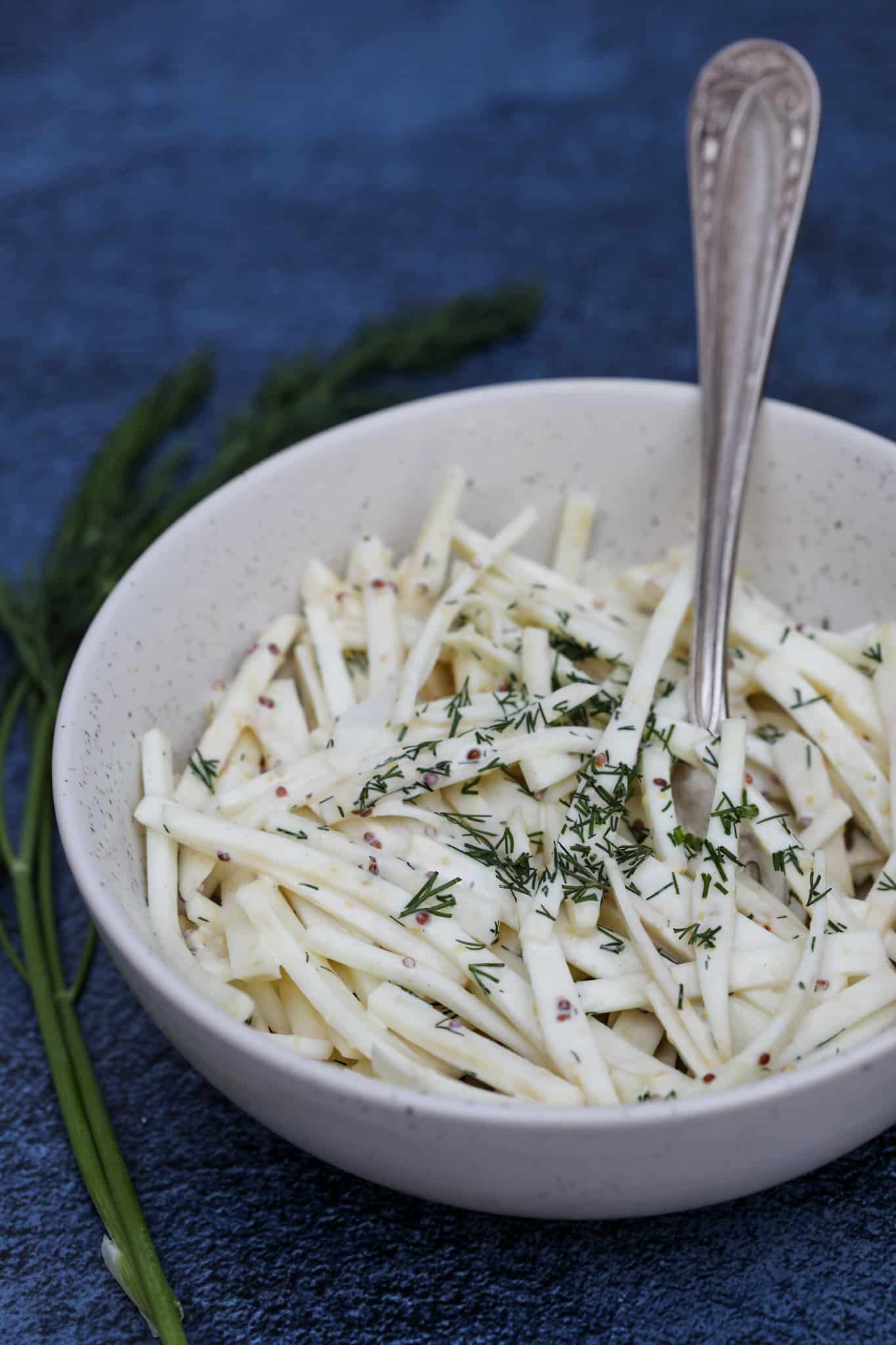
Onions are a good companion plant for celeriac because they help to repel root knot nematodes. This pest can be a major problem for celeriac, but it is less likely to bother them if they are planted near onions.

Marigolds are a good companion plant for celeriac because they help to repel pests. The flowers of marigolds release a chemical that repels aphids, whiteflies, and other insects that can damage celeriac.
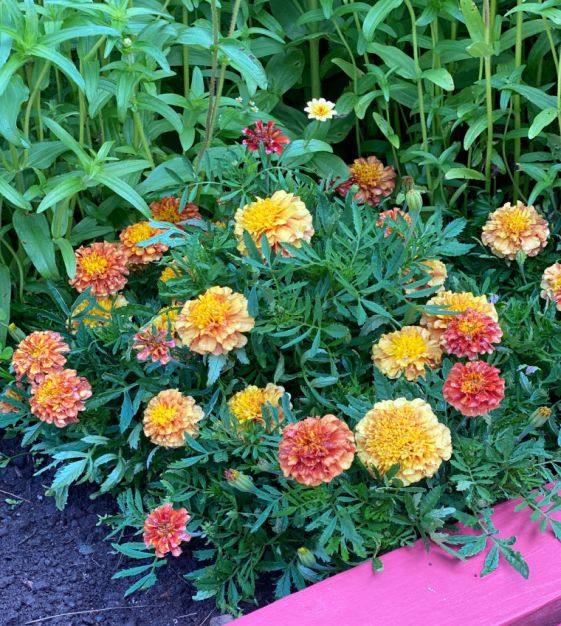
Cucumbers are a good companion plant for celeriac because they help to shade the soil. This can help to prevent the soil from drying out, which is important for celeriac. However, it is important to note that celeriac should not be planted too close to cucumbers, as they can compete for nutrients.
Kale is a good companion plant for celeriac because it helps to deter pests. The leaves of kale release a chemical that repels cabbage loopers, aphids, and other insects that can damage celeriac.
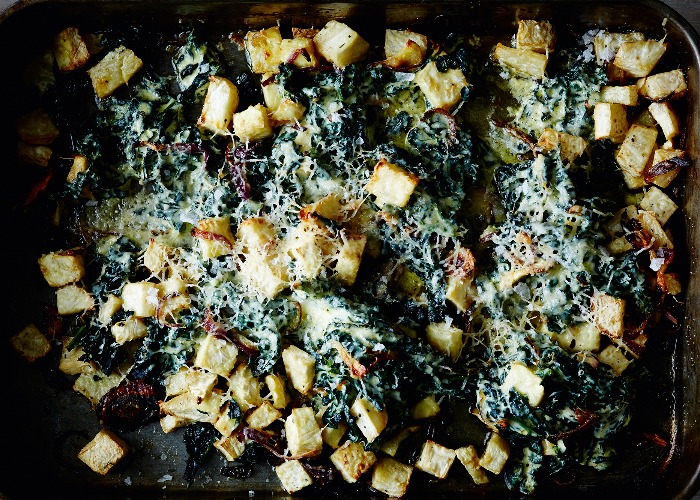
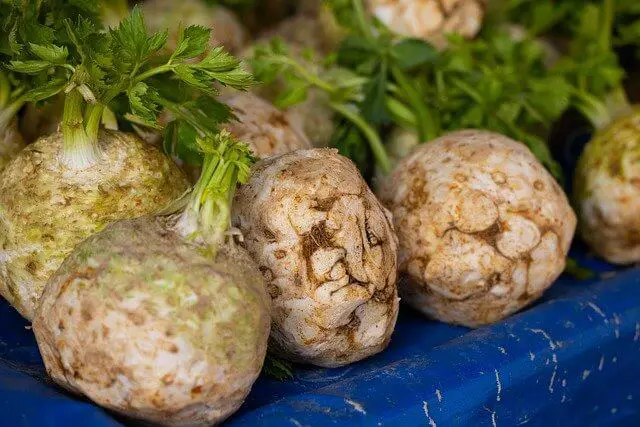


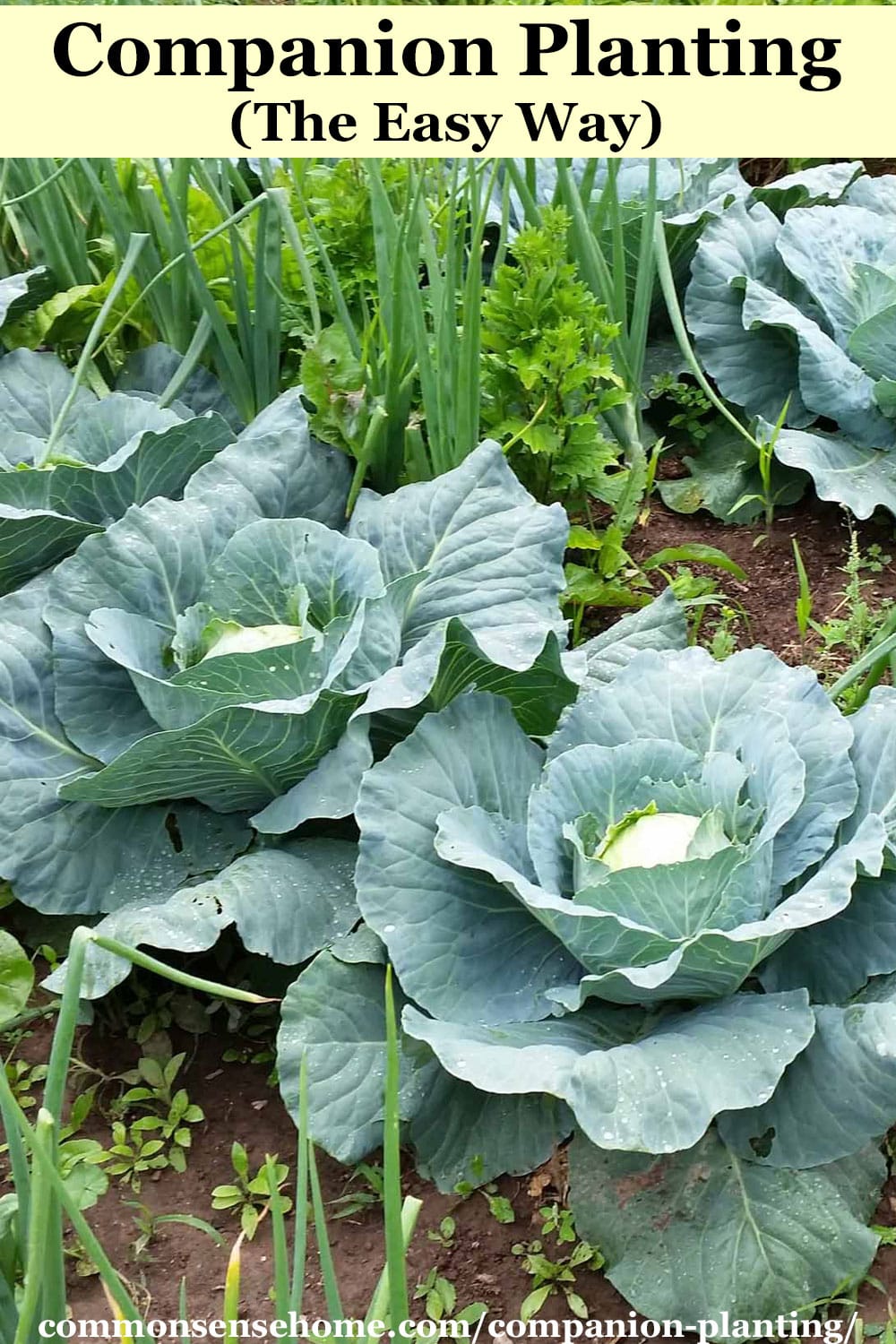


Post a Comment for "Celeriac Companion Plants: The Ultimate Guide To Growing A Healthy Harvest"